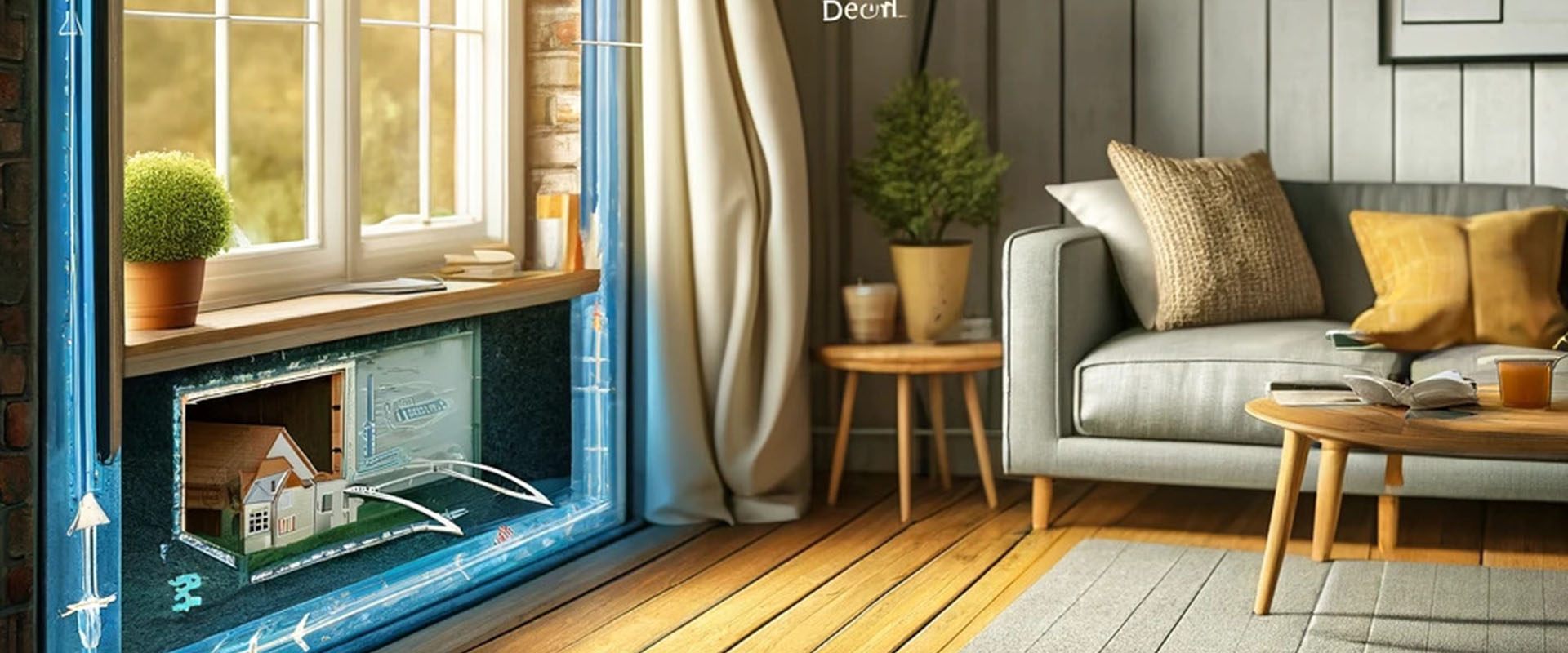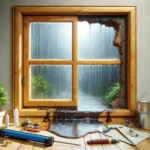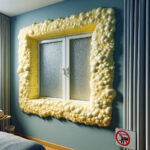Air leaks in a home can not only lead to increased energy costs, but also decrease the comfort of your living space. According to an informative article published by La Presse, air leaks are often overlooked but can be effectively sealed with simple and affordable interventions. This article will guide you through proven methods for identifying and repairing air leaks, helping you optimize your home’s energy efficiency while preserving its structure.
We will discuss the different sources of air leaks and the best techniques to eliminate them, with a focus on practical solutions that each homeowner can apply. From the initial inspection to the application of durable solutions, we will provide you with all the information you need to make your home as waterproof and comfortable as possible.
Understanding Air Leaks

Identification of Common Sources of Leakage
- Windows and Doors: Often, old windows and doors don’t close properly, letting air in.
- Ventilation Ducts: Improperly sealed or deteriorated joints around ducts can allow air to escape.
- Electrical outlets: Surprising but true, power outlets can be entry points for cold air.
Table 1: Diagnosis and Solutions for Air Leaks
| Location | Symptoms | Solutions |
|---|---|---|
| Windows and doors | Drafts, pulling sensation | Caulking, replacement joints, insulating curtains |
| Ventilation ducts | Increased heating/cooling costs | Seal with putty or special adhesive tape |
| Electrical sockets | Cold areas around outlets | Install insulation behind the plates |
Repair Strategies
Effective Caulking Techniques
- Choice of Caulk: Use a high-quality caulk suitable for outdoor use for better weather resistance.
- Correct Application: Clean and dry the surface thoroughly before applying caulk to ensure optimal adhesion.
- Regular Inspection: Periodically check the condition of the caulk and replace it if necessary to maintain an effective barrier against air leakage.
Duct Insulation
- Use of Sealant: Seal duct joints with putty to prevent air from escaping.
- Duct insulation: Wrap ductwork in non-air-conditioned areas with specific insulation to prevent energy loss.
Protect Your Home and Wallet
Sealing air leaks is a crucial step in reducing your energy consumption and increasing the comfort of your home. With the right techniques and materials, this task can be accomplished effectively by any environmentally conscious and budget-conscious homeowner. By following the tips in this article, you’ll be equipped to detect and repair air leaks, ensuring better energy efficiency and comfort in your home.
We hope this guide has provided you with the tools you need to identify and fix air leakage issues in your home. Remember, a well-insulated home is the key to a more comfortable and economical life.



